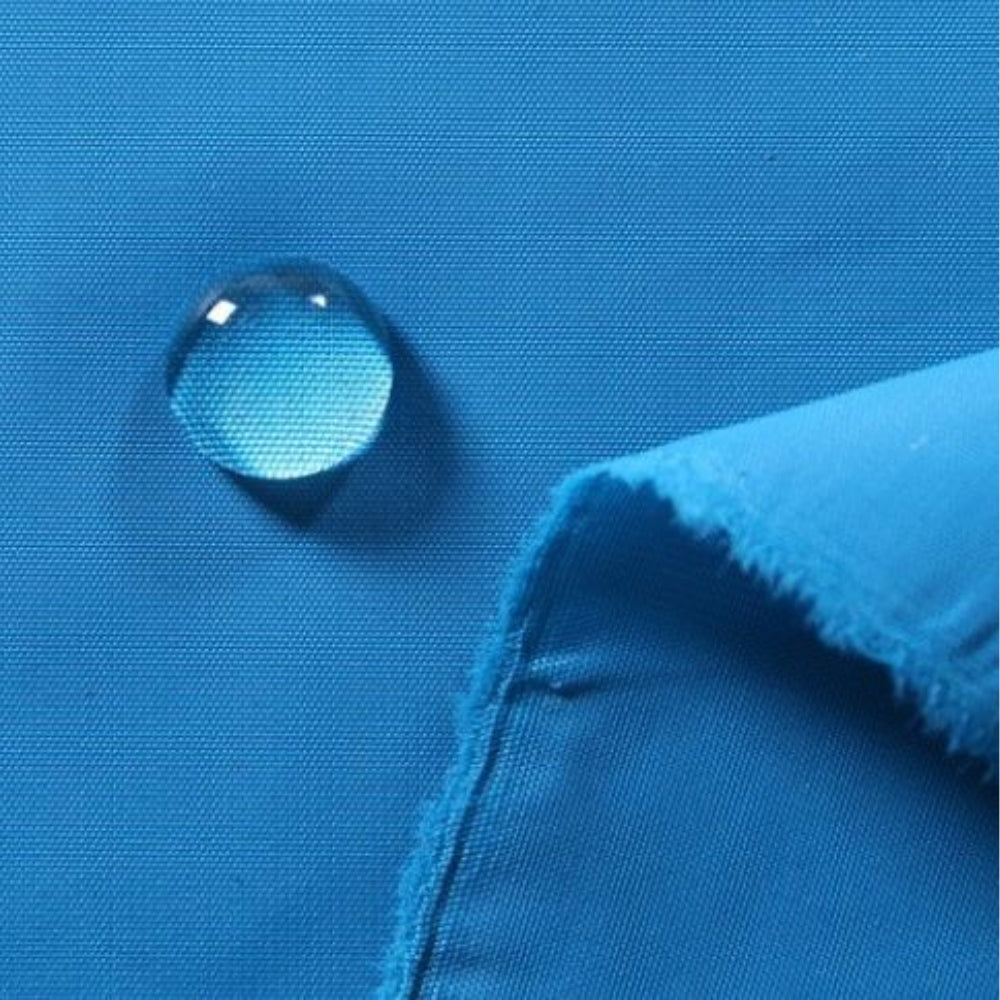Canvas is a fabric woven from synthetic fibers, most commonly polyester, sometimes combined with nylon or cotton for added softness. In today's diverse and rich fashion world, canvas has emerged as a popular material because of its convenience and fashion. So what exactly is canvas ? Let's explore this interesting material with Blog Shondo through the article below!
1. What is parachute fabric?
Parachute fabric is a type of fabric woven from synthetic fibers, which has good water resistance. Initially, parachute fabric was mainly produced from nylon, but today people also use other fibers such as polyester and cotton to create parachute fabric with more outstanding properties.
Parachute fabric first appeared in the early 20th century, initially used to produce military parachutes. Through the development process, parachute fabric has been increasingly widely applied in many different fields. Currently, China, Japan, Korea and Taiwan are the major parachute fabric producing countries in the world.
[caption id="attachment_4575" align="aligncenter" width="800"] Canvas is a fabric woven from synthetic fibers, with good water resistance[/caption]
Canvas is a fabric woven from synthetic fibers, with good water resistance[/caption]
2. Classification of parachute fabric
2.1. Classification by name
Some popular types of parachute fabric today based on their names include:
- 650T parachute fabric: This is a type of parachute fabric with high durability, good water resistance, often used to sew backpacks, bags, tents,...
- 420T parachute fabric: This fabric has average durability and water resistance, suitable for sewing windbreakers, storage bags,...
- 210T parachute fabric: 210T parachute fabric is quite thin and light, often used to sew raincoats, storage bags,...
In addition, there are other types of canvas such as: 190T, 300D, 600D,... Each type has its own characteristics and applications.
[caption id="attachment_4576" align="aligncenter" width="800"]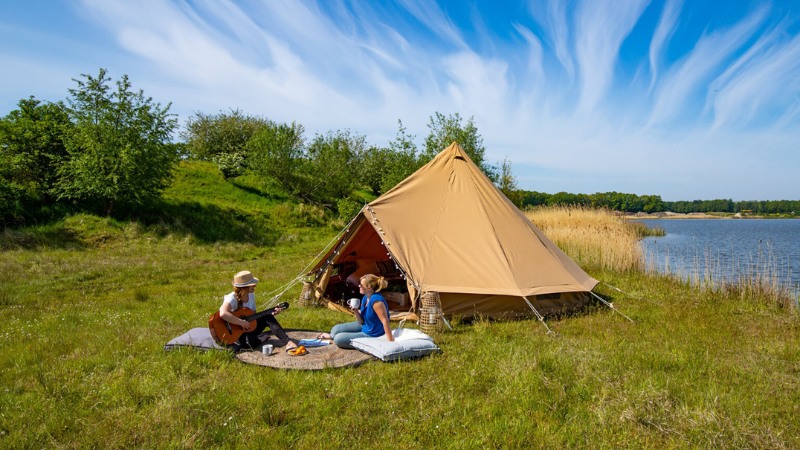 Parachute fabric is used in tent production[/caption]
Parachute fabric is used in tent production[/caption]
2.2. Classification by thickness
Besides being named, parachute fabric is also classified based on the thickness of the fabric. This thickness is denoted by the letter "D", for example: 1680D, 840D, 600D,... The larger the D number, the thicker and stronger the fabric.
- Thick parachute fabric: Often used to sew backpacks, travel bags, tents,...
- Thin parachute fabric: Suitable for sewing jackets, raincoats, hats,...
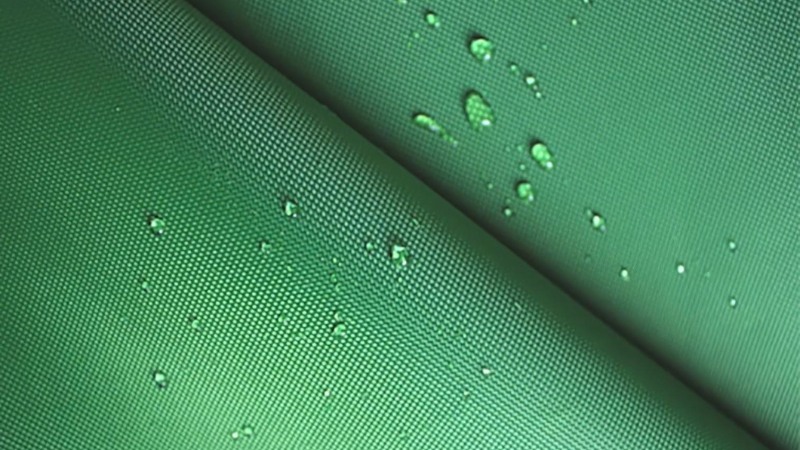 The thickness of the parachute fabric is denoted by the letter D[/caption]
The thickness of the parachute fabric is denoted by the letter D[/caption]
3. Advantages & Disadvantages of Parachute Fabric
3.1. Advantages
- Effective waterproofing: Thanks to the tightly woven fiber structure and often coated with an additional waterproof layer, umbrella fabric has very good water resistance, suitable for use in rainy and windy weather conditions.
- Light weight: Compared to other fabrics such as canvas, leather,... parachute fabric is significantly lighter in weight, creating a comfortable feeling for the user and easy to carry.
- High durability: Parachute fabric is woven from synthetic fibers, has good bearing capacity, abrasion resistance, and is less likely to tear or fray during use.
- Easy to clean: The fabric surface is less dusty, easy to clean with a damp cloth, and dries quickly when washed.
- Good insulation: Parachute fabric has the ability to block wind and retain heat well, suitable for sewing jackets and thermal bags.
- Affordable price: Parachute fabric is cheaper than many other fabrics, suitable for the budget of many consumers.
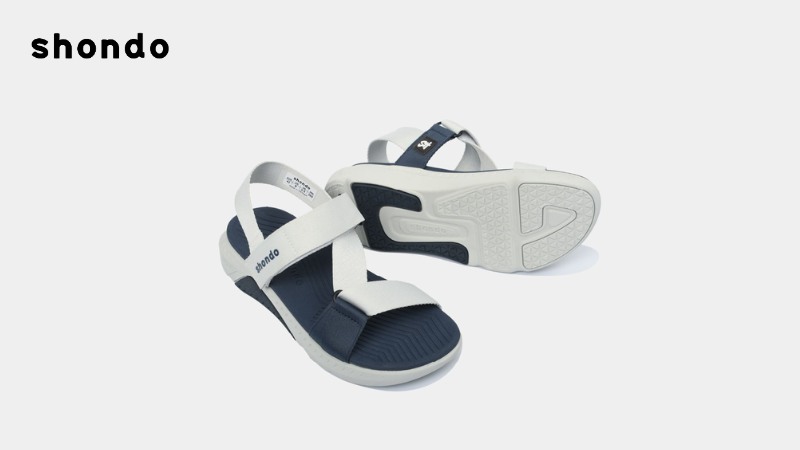 F7R men's and women's sandals with mossy gray and blue straps made from parachute fabric[/caption]
F7R men's and women's sandals with mossy gray and blue straps made from parachute fabric[/caption]
3.2. Disadvantages
- Poor elasticity: Parachute fabric often has poor elasticity, which can cause a feeling of tightness and discomfort when worn, especially for long periods of time.
- Easily absorbs odors: Fabric easily absorbs sweat and body odors, if not cleaned regularly it will cause unpleasant odors.
- Flammable, deformed at high temperatures: Parachute fabric is made from synthetic fibers, so it is flammable and deformed when exposed to high temperatures.
Despite some limitations, with its outstanding advantages, parachute fabric is still a popular choice in many fields.
[caption id="attachment_4579" align="aligncenter" width="800"]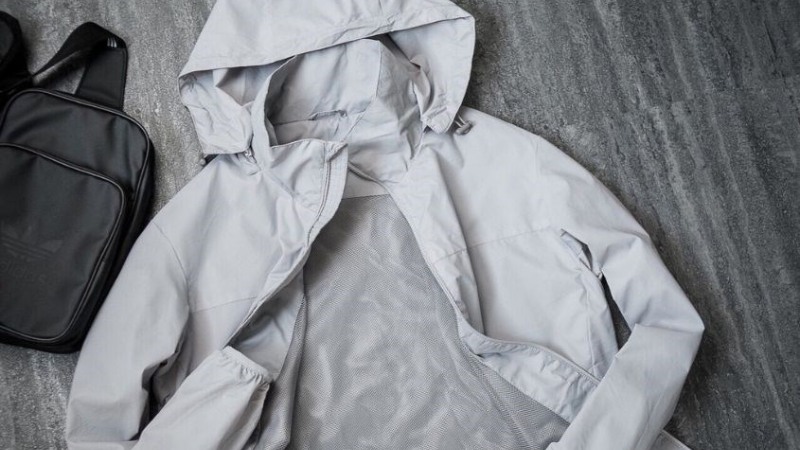 The disadvantage of parachute fabric is that it easily absorbs odors[/caption]
>>>Read more: What is spandex fabric? Characteristics and applications in life .
The disadvantage of parachute fabric is that it easily absorbs odors[/caption]
>>>Read more: What is spandex fabric? Characteristics and applications in life .
4. Applications of parachute fabric
4.1. Fashion and garment industry
In the fashion industry, canvas is a popular material for producing:
- Jacket: Windproof and light rainproof windproof jacket is an ideal choice for unpredictable weather days.
- Umbrella jacket: Light, comfortable, umbrella jacket suitable for sports and travel activities.
- Parachute pants: Parachute pants bring dynamism and comfort to the wearer.
- Bags, backpacks, hats: Canvas is a popular material for producing backpacks , bags, hats , etc. thanks to its high durability and good water resistance. Shondo is proud to bring fashionable, dynamic backpacks made from high-quality canvas. Shondo backpacks are both beautiful and convenient, and will surely satisfy you.
- Wallets, belts: Parachute fabric is also used to create unique, stylish wallets and belts.
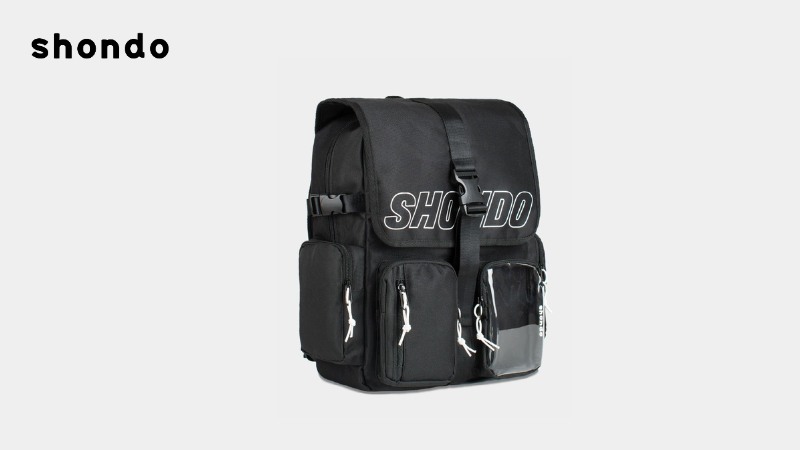 SHONDO COMIC box backpack made of parachute fabric[/caption]
SHONDO COMIC box backpack made of parachute fabric[/caption]
4.2. Production of shielding products
With its outstanding water resistance, canvas is the top choice for manufacturing:
- Umbrella: Umbrella is a familiar item, helping to effectively block the sun and rain.
- Raincoat: Thin, light, easy-to-fold, convenient to carry umbrella fabric raincoat.
- Tents, tarpaulins: Canvas is commonly used to sew tents, sunshades, rain covers, etc.
 Umbrella[/caption]
Umbrella[/caption]
4.3. Making surface material
Parachute fabric is also used as a surface material for products such as cushions, travel pillows, etc. thanks to its lightweight and easy-to-carry advantages on trips.
[caption id="attachment_4582" align="aligncenter" width="800"]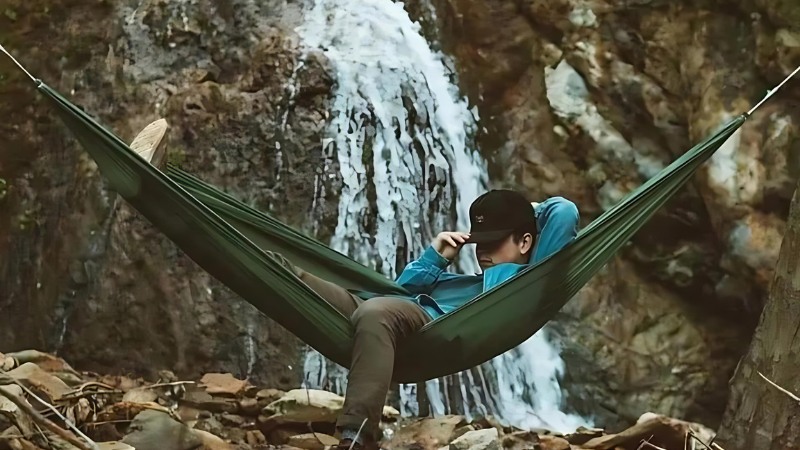 Parachute fabric hammock[/caption]
Parachute fabric hammock[/caption]
5. Trends in using parachute fabric in current fashion
Not only stopping at high applicability, parachute fabric is also affirming its position as a favorite fashion material. The appearance of parachute fabric in high-end fashion collections shows the strong rise of this material.
Below are some prominent trends in using parachute fabric in today's fashion:
- Using recycled canvas: Aiming for sustainable fashion, many brands have been using recycled canvas from plastic bottles, nylon,... to create environmentally friendly products while still ensuring fashion and quality.
- Combining canvas with other materials: The combination of canvas with materials such as leather, jeans, linen, etc. creates uniqueness and novelty for the outfit. For example, canvas jackets with leather sleeves, canvas handbags with leather details, etc.
- Printing unique patterns on umbrella fabric: Modern printing technology allows to create unique, impressive patterns on the surface of umbrella fabric, bringing personality and individual style to the wearer.
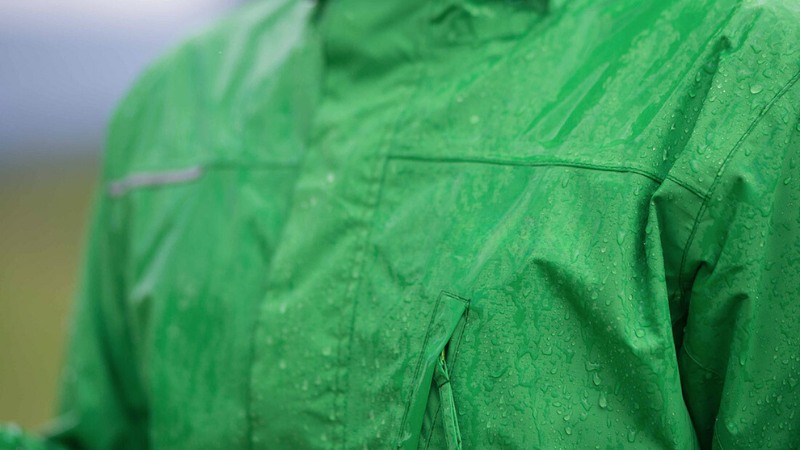 Canvas is becoming a popular material among many designers[/caption]
Canvas is becoming a popular material among many designers[/caption]
6. Related questions
6.1. Can parachute fabric be ironed?
The answer is yes, you can iron parachute fabric to smooth out wrinkles. However, you should put a thin layer of cloth on the surface of the parachute fabric before ironing to avoid direct contact with high temperatures.
6.2. How is parachute fabric different from canvas fabric?
Although both are commonly used fabrics, parachute fabric and canvas have the following basic differences:
|
Characteristic |
Canvas |
Canvas |
| Ingredient | Synthetic fibers (Polyester, Nylon,...) | Natural fiber (Cotton) |
| Surface | Thin, smooth, less wrinkled | Thicker, coarser, more prone to wrinkling |
| Waterproofing | Good | Fairly good (can be waterproofed) |
| Weight | Light | Heavier |
| Price | Cheaper | More expensive |
| Application | Raincoats, backpacks, bags, tents,... | Bags, shoes, paintings,... |
6.3. Are canvas backpacks good?
The answer is yes. The biggest advantage of canvas backpacks is their good water resistance, which helps you feel secure when carrying your belongings on rainy days. In addition, canvas backpacks also score points for their light weight, bringing a comfortable feeling when wearing.
In addition, the durable, tear-resistant canvas material is also a factor that helps the backpack stay beautiful over time. In addition, canvas backpacks are also very easy to clean and have an affordable price.
[caption id="attachment_4584" align="aligncenter" width="800"]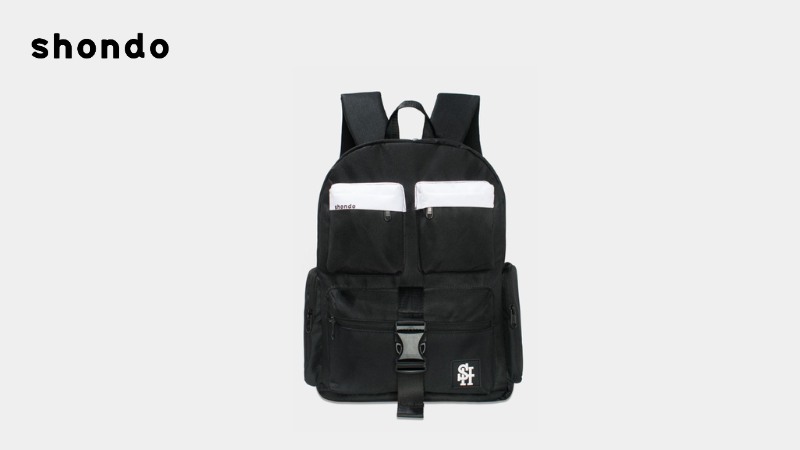 SH logo box backpack with Shondo plastic label[/caption]
SH logo box backpack with Shondo plastic label[/caption]
Canvas is a popular fabric because of its durability and effective water resistance. Hopefully the above sharing has helped you better understand this popular fabric and have more useful information when choosing canvas products, especially backpacks - an indispensable companion accessory for young people.
Related Articles

Nếu bạn đã và đang sở hữu cho mình đôi giày ballet sneaker nhưng vẫn chưa biết outfit nào phù hợp. Xem ngay bài viết này với 5 cách phối đồ với giày ballet sneaker đẹp không có điểm trừ cùng Shondo...

Squid Game 3 chính thức khuấy đảo trên màn ảnh, bạn đã sẵn sàng ngồi liền 6 tập để xem cuộc chiến sinh tồn lần cuối của Gi-Hun chưa? Dưới đây là combo cuối tuần “chuẩn sinh tồn hiện đại” mà Shondo ...

Phong cách Retro là gì mà được nhiều người săn đón như vậy? Cùng Shondo tìm hiểu qua bài viết sau đây để biết thêm nhiều điều thú vị từ điểm đặc trưng cho đến cách phối đồ như thế nào là chuẩn nhé....

Một trong những trào lưu nổi bật gây sốt trên các cộng đồng yêu thời trang chính là phong cách Maillard. Nhưng điều gì khiến chúng lại có sức hút lớn đến như vậy? Shondo sẽ giúp bạn hiểu rõ hơn về...

Áo Polo nữ - item nghe thì tưởng già nhưng thực ra lại đang quay trở lại mạnh mẽ. Từ sân golf đến sân trường, từ văn phòng đến quán cafe, chiếc áo đơn giản với cổ bẻ đặc trưng này bỗng trở nên đa n...
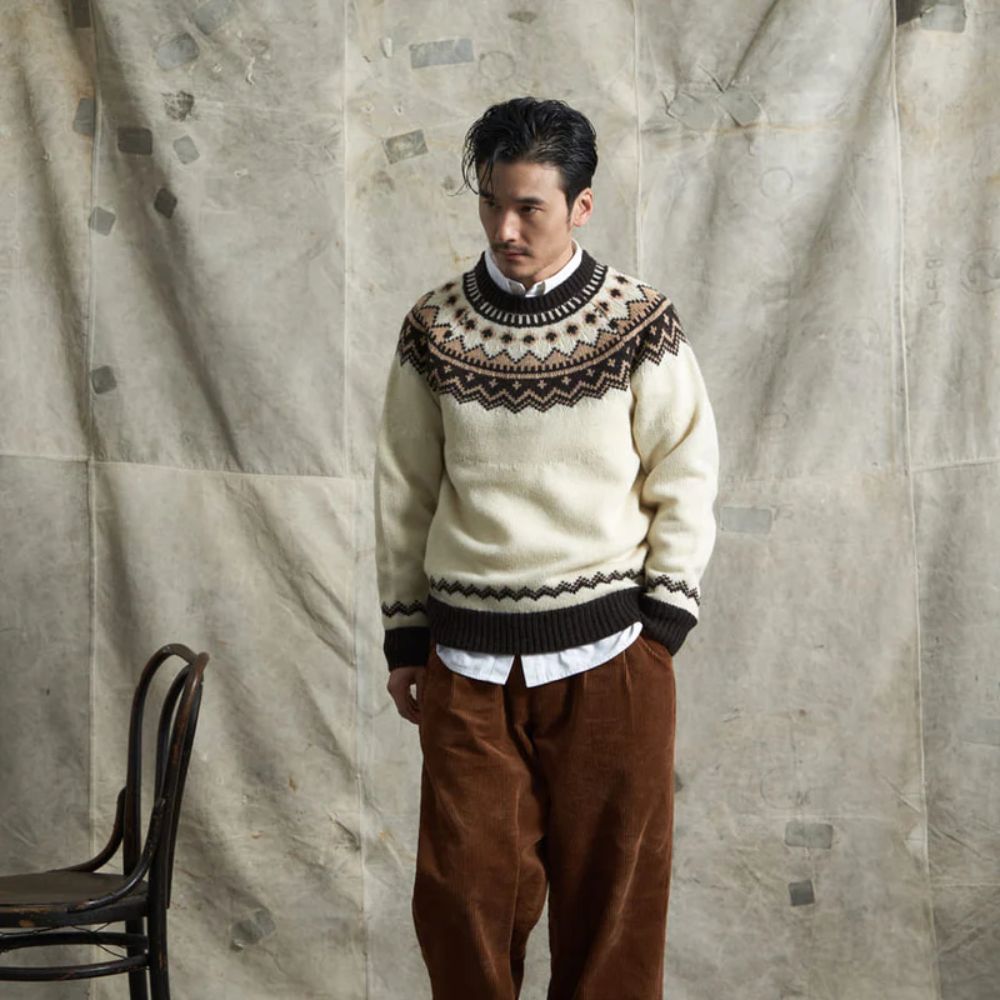
Phối đồ Vintage trong giới thời trang mang đến những nét độc đáo rất riêng. Phong cách này trở thành xu hướng phổ biến không chỉ ở nữ mà còn xuất hiện nhiều ở nam giới. Shondo sẽ cho bạn thấy điều ...

